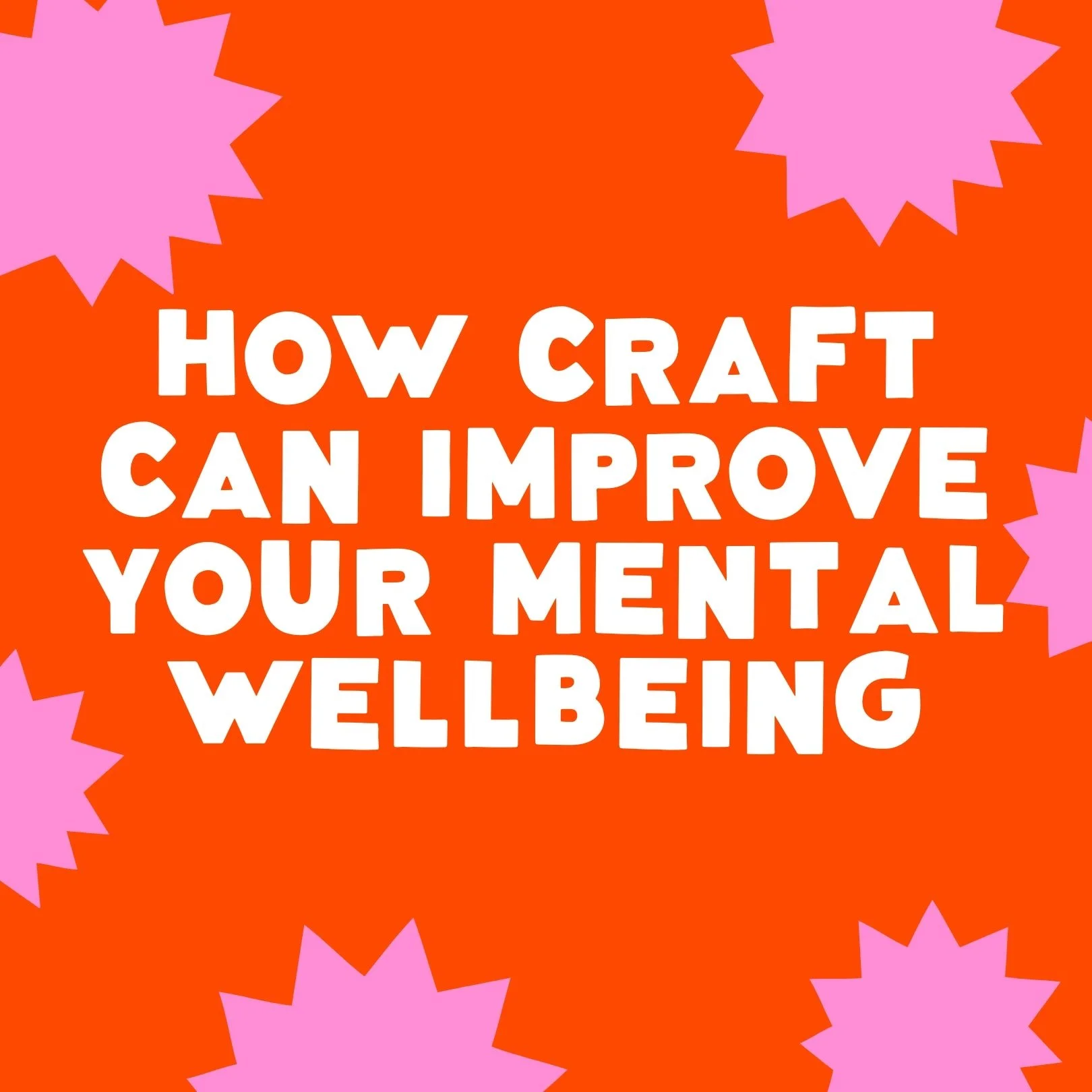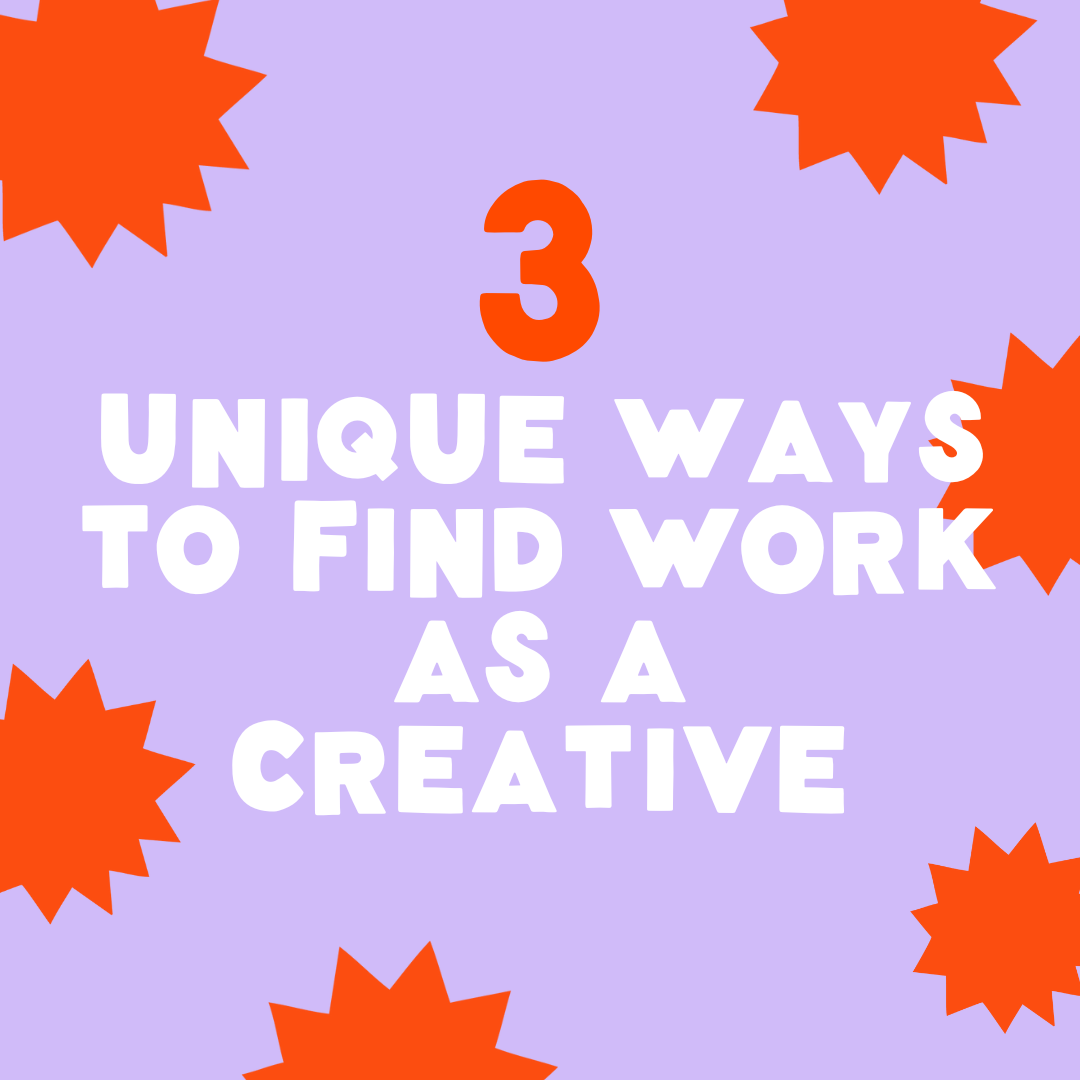5 Ways To Elevate Your Brand Using Craft-Based Design
Craft-based design utilises tactile, handmade craft techniques to create unique design solutions that help build authentic connections with your audience. Here’s how you can use it to elevate your brand.
How to foster great creative collaborations
I team up with designers and artists Andrew and Chris Yee to share our insights on what makes a great creative collaboration
3 tips for launching your freelance design career
I team up with designer and illustrator Emma Sjaan Beukers to share our insights and tips on entering the world of freelance design.
How to be an analog designer in a digital world
How can analog designers use technology to enhance their creativity? The secret is in embracing both worlds. Here’s how I do it.
Project Walkthrough: Spring Installation for Broadway Shopping Centre
Cardboard Cacti, Paper Flowers, and Giant Props for Sydney’s Broadway Shopping Centre
Project Walkthrough: Papercraft Installation for Pinterest
I designed a colourful cardboard and papercraft installation for Pinterest’s Booth at the Cannes In Cairns Conference. Here’s how it all came together!
How To Get The Most Out Of Your Next Artist Collab
Are you looking to add value to your next brand campaign or event? Why not collaborate with a handmade artist or craft-based designer? Here are our top tips for making it your best project yet.
How Craft Can Improve Your Mental Wellbeing
While there are many aspects to managing and improving mental health, we're strong believers that there is real power in engaging in handmade pursuits as one way to improve our wellbeing. Here's why.
Project Walkthrough: Palm Springs Prop Installation
Kit travelled to Palm Springs to create a collaborative art installation with a friend, travelling from opposite ends of the world to make art together in the desert. Here's how they did it!
DIY Cocktail Piñata
It’s International Margarita Day on 22 Feb, and y’all know I LOVE a marg. Follow the instructions to craft your very own margarita piñata in honour of the G.O.A.T of all cocktails.
Kit's top tips for making plushie props
Have you ever wanted to make your own plushie props or soft sculptures, but need a little bit of guidance? Here's some handy tips to get you started.
DIY Painted Wall Planner
I love a bit of organisation in the studio! As a naturally disorganised person I’ve learned to lean on planners
3 Unique Ways To Find Work As A Creative
What’s the best way to attract clients or customers as a working creative? The answer isn’t a one size fits all, but there are a few simple strategies you can use regardless of the type of work you’re into.
DIY Craft Cart Upcycle
Create these simple vinyl decals to upcycle a plain craft cart (or other surface that needs some flair!), using a Cricut!
DIY Upcycled Mosaic Stool
Try this easy DIY project to upcycle an old, plain stool - transforming it into a chic and colourful sidetable to stash all your go-to supplies.
DIY Holiday Baubles
I love decorating for Christmas! Learn to create these vibrant handmade baubles to bring a splash of colour to your tree for the holidays.
DIY Christmas Window Decor
Washi tape is all you need to create this colourful and festive Christmas window decor!
Handmade Wooden Block Candlesticks
I upcycled a collection of kids’ wooden blocks into colourful candlesticks, inspired by a trip to Seven Magic Mountains in Vegas. Here’s a walkthrough of my making process!




















